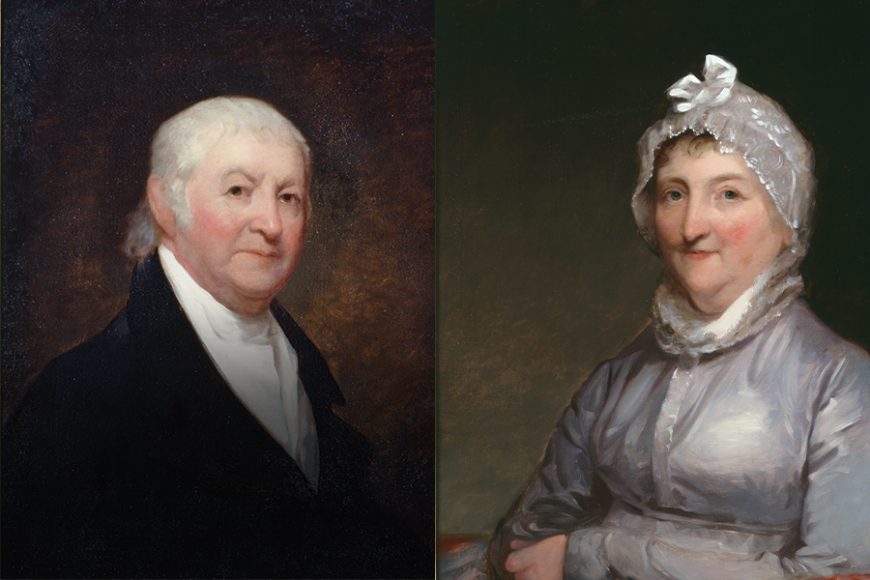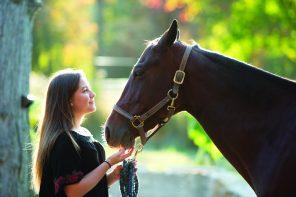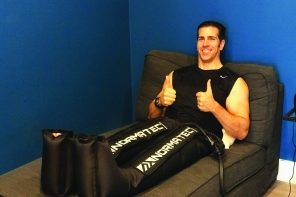“One if by land and two if by sea;
And I on the opposite shore will be,”
— From “Paul Revere’s Ride” by Henry Wadsworth Longfellow
Readers of a certain vintage will remember memorizing Henry Wadsworth Longfellow’s 1861 poem about the Boston silversmith who galvanized his fellow colonists with a 1775 midnight ride that proclaimed, “the British are coming” at the start of the American Revolution.
Deliberately inaccurate, the poem sought to mythologize Revere — best remembered at the time of his death in 1818 as a well-loved craftsman and businessman — as a way of spurring the North to action at the beginning of the Civil War.
Today our image of Revere is largely Longfellow’s legend. Now a new exhibit is looking to transcend that fateful ride, in which others also took part. “Beyond Midnight: Paul Revere,” at the New-York Historical Society Museum & Library in Manhattan through Jan. 12, seeks to create a complex portrait of the man in more than 140 objects, ranging from his political engravings, including a depiction of the Boston Massacre; to the gleaming silver tea services he made for prominent clients; to public commissions such as a bronze courthouse bell and such everyday objects as thimbles, tankards and teapots.
“When many of us think of Paul Revere, we instantly think of Longfellow’s lines ‘One if by land and two if by sea,’ but there is much more to Revere’s story,” Louise Mirrer, the society’s president and CEO, said in a statement. “This exhibition looks beyond the myth of Paul Revere to better understand the man as a revolutionary, an artisan and an entrepreneur, who would go on to become a legend. We are proud to partner with the American Antiquarian Society (exhibit organizer) to debut this exhibition in New York.”
One aspect of Revere the man and the exhibit that viewers will no doubt find particularly fascinating was his ability to separate politics from profits. The son of a French Huguenot (Protestant) immigrant artisan, Revere was able to rise in the ranks through his skill with metalwork and a gift for networking.
He received commissions from other members of the Sons of Liberty, a secret society opposed to England’s handling of the 13 colonies. And his engraving of the 1770 Boston Massacre, in which British soldiers fired on unruly colonists at the Custom House, helped deepen anti-British sentiment. Revere was also a key player in the Boston Tea Party, hurling the hated, taxed tea into Boston Harbor in 1773. When war came two years later, Revere was more than ready for his role as a midnight rider past Boston’s Old North Church, although as an exhibit map explains, he was actually on foot until he crossed the Charles River to Cambridge and then rode a borrowed horse to Lexington. He would also serve as Continental Army courier to Connecticut, New York and Philadelphia.
And yet, the show also features nine of the 45 elements Revere created for a beverage service for Loyalist Dr. William Paine — his biggest commission ever — just two months before the Boston Tea Party.
Other career highlights included creating a 1796 cast-bronze courthouse bell for the Norfolk County Courthouse in Dedham, Massachusetts, and supplying copper for Robert Fulton’s Hudson River steamboat, the first of its kind (1807).
Still, none of this is likely to make us forget Longfellow’s poem or Grant Woods’ ghostly 1931 painting “Midnight Ride of Paul Revere,” also on display. As the 1962 movie “The Man Who Shot Liberty Valance” observes: “When the legend becomes fact, print the legend.”
For more, visit nyhistory.org.





